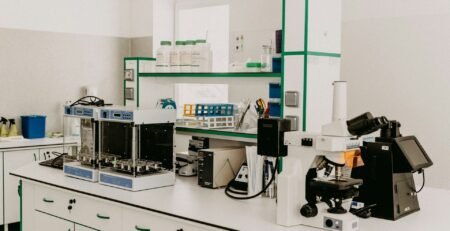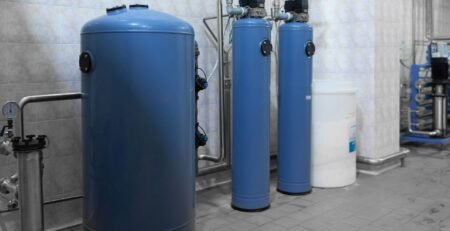8
Sep
Comparing Refrigerated vs. Non-Refrigerated Centrifuges: What Australian Laboratories Need to Know
Selecting between refrigerated and non-refrigerated centrifuges is a key decision that impacts sample integrity, operational efficiency, and budget considerations in Australian laboratories. Understanding the benefits and limitations of each helps labs optimize their centrifugation processes.
At LabChoice Australia, we provide expert insight into these essential centrifuge types to help Australian labs make informed choices tailored to their specific applications.
Overview of Refrigerated and Non-Refrigerated Centrifuges
Refrigerated Centrifuges:
Feature built-in cooling systems to maintain low temperatures during spin cycles, preserving temperature-sensitive samples such as proteins, enzymes, and blood components.
Non-Refrigerated Centrifuges:
Operate without cooling and are best suited for applications where temperature control is unnecessary, or samples are heat-resistant.
Comparison Table: Refrigerated vs. Non-Refrigerated Centrifuges
| Feature | Refrigerated Centrifuge | Non-Refrigerated Centrifuge |
|---|---|---|
| Temperature Control | Maintains specified low temperatures (typically 4°C) | No temperature control |
| Sample Preservation | Ideal for heat-sensitive samples (blood, enzymes) | Suitable for heat-stable samples |
| Cost | Higher upfront and operating costs | More affordable purchase and maintenance |
| Energy Consumption | Higher due to cooling system | Lower energy usage |
| Speed and Capacity | Comparable to non-refrigerated models | Comparable, depending on model |
| Maintenance | Requires servicing of cooling components | Simpler maintenance |
| Noise Level | Slightly higher due to refrigeration | Generally quieter |
| Applications | Clinical diagnostics, molecular biology, biopharma | Routine sample processing, industrial labs |
Which Centrifuge Should Your Lab Choose?
- Choose refrigerated centrifuges if working with temperature-sensitive or biohazardous materials requiring strict temperature control.
- Opt for non-refrigerated centrifuges when processing non-sensitive samples or when budget and energy efficiency are priorities.
FAQs: Refrigerated vs. Non-Refrigerated Centrifuges
Q1: Can non-refrigerated centrifuges be used with temperature-sensitive samples?
A: Using them risks sample degradation; refrigerated models are recommended.
Q2: How much more energy does a refrigerated centrifuge consume?
A: Cooling systems can increase power consumption by 20-30% depending on usage.
Q3: Are refrigerated centrifuges more expensive to maintain?
A: Yes, due to cooling system service and potential component replacements.
Q4: Can refrigerated centrifuges operate at room temperature if cooling is turned off?
A: Many models allow this but may affect sample quality; consult manufacturer guidelines.
Author
Dr. Emily Harper, Ph.D., Biomedical Sciences — Expert in laboratory equipment selection and operational efficiency in Australian labs.
References
- Eppendorf. Refrigerated vs Non-Refrigerated Centrifuges. 2023.
- Olympus Life Sciences. Laboratory Centrifuge Guide.
- University of Melbourne. Lab Equipment Energy Usage Report, 2024.
- ASTM International. Standards for Centrifuge Performance and Safety.



